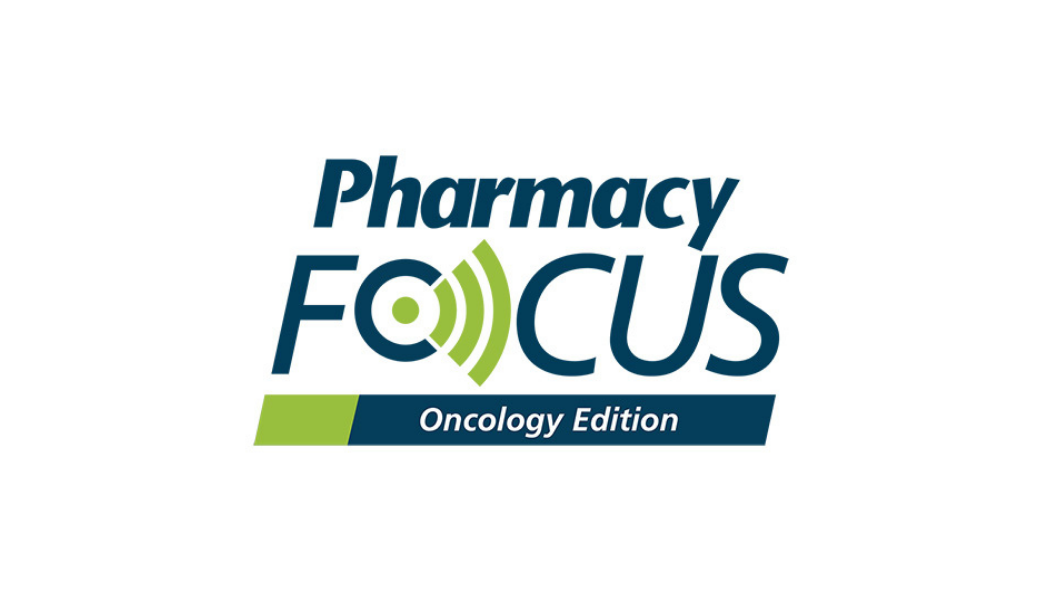Video
Unmet Needs in the Implementation of Clinical Pathways in Ovarian Cancer
In his closing thoughts, Dr Haumschild discusses unmet needs in the treatment landscape for ovarian cancer.
Ryan Haumschild, PharmD, MS, MBA: There are always unmet needs. I approach ovarian cancer because a lot of physicians who have practiced for a while think that to cure ovarian cancer requires surgery. We’re drilling down into these molecular markers, and precision medicine is going to play the most important role. Making sure we understand the targeted areas, and what precision medicine tests we need to screen for up front, is going to drive therapy moving forward. Similarly, there’s an unmet need once we identify a PARP inhibitor, whether it’s in the first or second line, how we recognize that a patient might have transportation vulnerability? How do we solve some of those reasons patients don’t complete therapy?
As a pharmacist, a pharmacy leader, and an oncology pharmacist, 1 thing I get excited about is how we keep patients on therapy longer. That duration of treatment matches the clinical trial. That’s an area of opportunity. We need to be more proactive in discussing those reductions with patients and more proactive in including supportive care medication within our clinical pathways, making sure we make dose reductions easy. [That way] someone who’s practicing in the community space, who might see a variety of solid tumors, doesn’t have to think, “What’s the dose reduction here? How many tablets do I do here?” We build that into our order sets, so at the click of a button we’re utilizing that clinical pathway, and it’s really easy for that patient to move forward.
With that, how do we leverage our clinical pharmacist or advanced practice practitioners to reach out to these patients at recommended intervals, to check in with them? Just because a patient hasn’t reached out to us to let us know they’ve experienced that adverse effect, that doesn’t mean they’re starting to experience 1 and battling with that. If we can be more proactive in the early intervention, it’s going to lead to longer durations of treatment and better progression-free survival.
Lastly, this is an area across the board that’s an innovation, but [we need to] increase the diversity of patients who we study in leveraging real-world evidence. More of these therapies are coming, and patients are on therapy longer. How do we have unique considerations for an African American population vs an Asian American population vs a White population? How do we consider those data when we’re making our treatment decisions? The more personalized we can get, the more it’s going to benefit the patient. We’re going to keep them on treatment longer and treat this disease as if it’s chronic with great overall survival and not just prepare them for that next progression treatment.
Transcript edited for clarity.






